Urban Forest | Natural History | Cultural History | Getting to Know the Trees | Visit Queen's Park
TREES WITHIN THE URBAN FOREST
Within a city, trees are important not only for their aesthetic value, but also for their role in maintaining a healthy environment and atmosphere.
Among other things, they are vital to the absorption of carbon dioxide; the reduction of heat accumulated from buildings, pavement, roads, and vehicles; and the control of stormwater runoff.
Trees within a city on private and public lands are collectively referred to as the “urban forest”.
A selection of common Toronto trees found in Queen’s Park
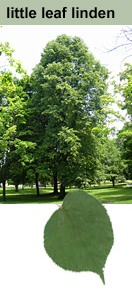
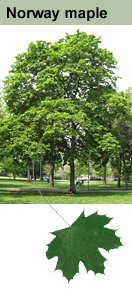
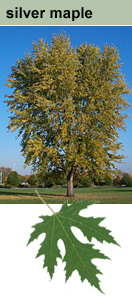
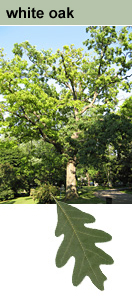
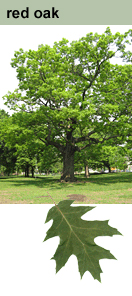
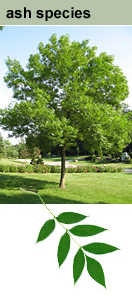
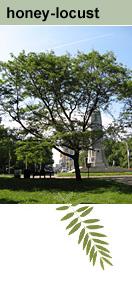
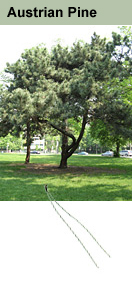
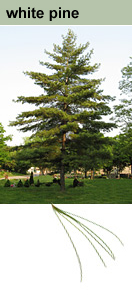
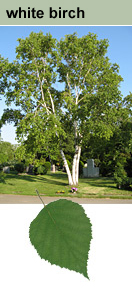
All images © ROM Botany
PLANTING TRENDS OVER TIME
Toronto’s urban forest has a mixture of native and non-native tree species, with thousands of different cultivated varieties. Trees of different species and ages growing throughout the city, on streets, in parks, and on private property, reflect the trends and fashions in planting at different periods of the city’s history.
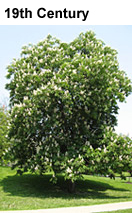 |
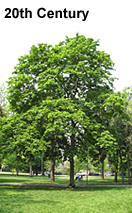 |
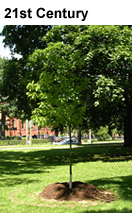 |
| Horsechestnuts were commonly planted in the early to mid-19th century – one of many species introduced from Europe. | Norway maples, tolerant of pollution and drought, were the preferred urban trees in Toronto throughout the 20th century. | The youngest trees, planted just this century, reflect the modern trend to plant species native to Ontario. |
The modern approach to developing the urban forest is to:
- Wherever possible, plant native shade trees that will become part of the forest canopy
- Plant trees and shrubs that will be of value to wildlife, thereby increasing biodiversity
